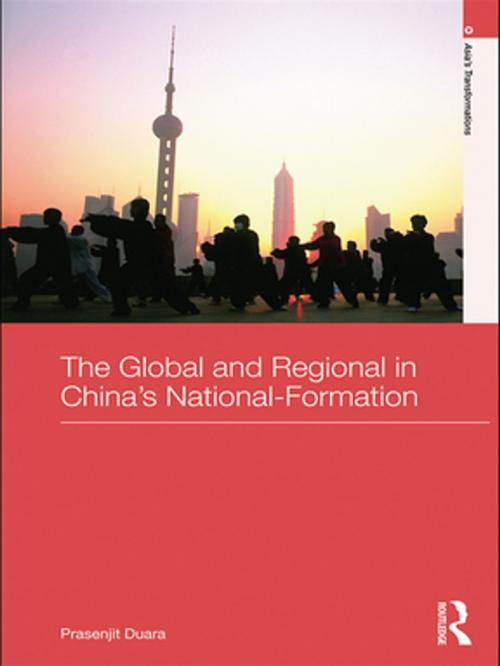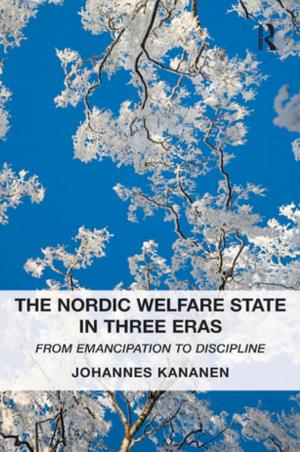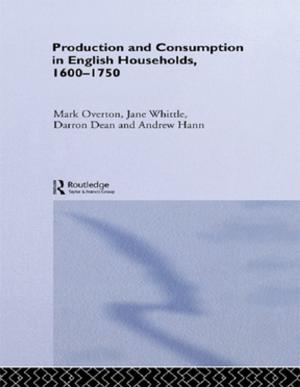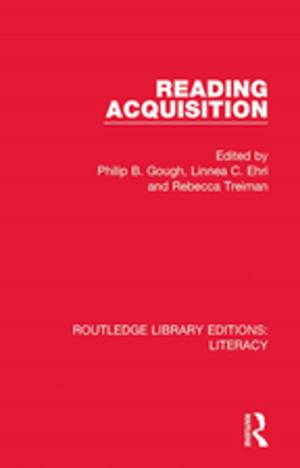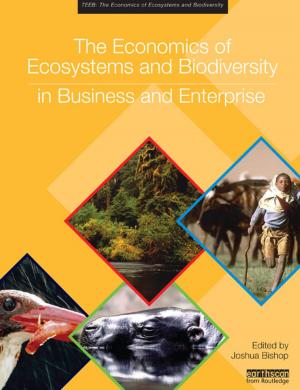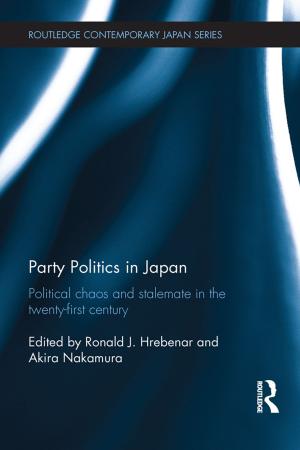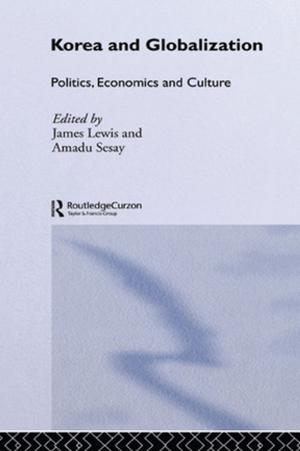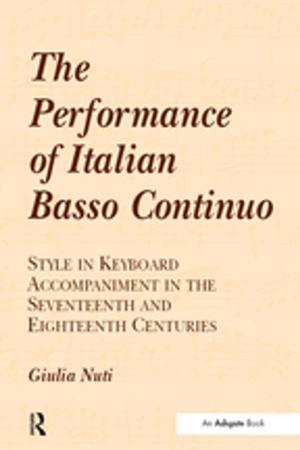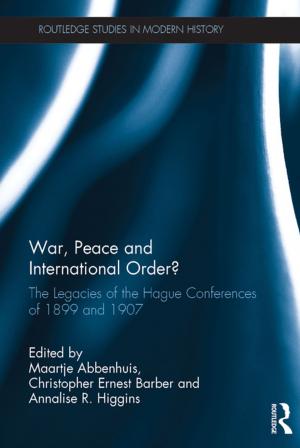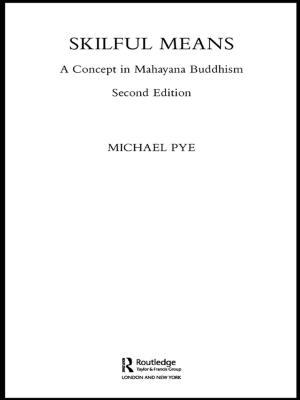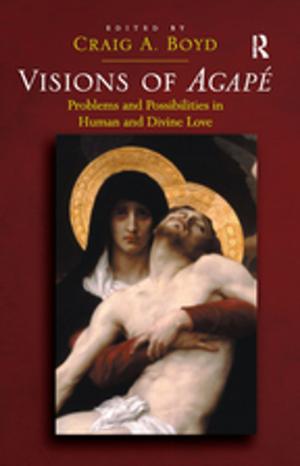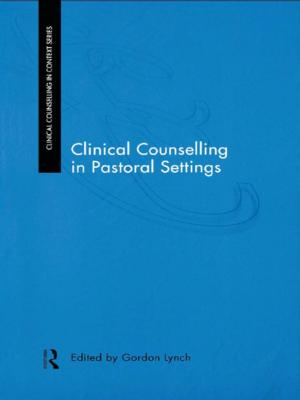The Global and Regional in China's Nation-Formation
Nonfiction, Social & Cultural Studies, Social Science, Cultural Studies, Ethnic Studies, Political Science| Author: | Prasenjit Duara | ISBN: | 9781134015290 |
| Publisher: | Taylor and Francis | Publication: | December 1, 2008 |
| Imprint: | Routledge | Language: | English |
| Author: | Prasenjit Duara |
| ISBN: | 9781134015290 |
| Publisher: | Taylor and Francis |
| Publication: | December 1, 2008 |
| Imprint: | Routledge |
| Language: | English |
China’s history tends to be studied from a national perspective only. The Global and Regional in China’s Nation-Formation attempts to train our eyes to see the picture of China less as a self-contained entity, a "geobody", than as part of a broader set of global and regional processes; from the "outside-in". It covers the major historical problems of China in the twentieth century, namely imperialism, nationalism, state-building, religion and the role of history
Part I views imperialism and nationalism in China from the perspective of global and regional circulations and interactions. It also examines the changing role of history over the twentieth century from the same perspective. Part II focuses on how myth, religion and Chinese conceptions of society and polity are re-shaped by external influences and forces, as well as how these internal practices themselves shape the external impact. Part III is a comparative section, examining how global processes become unique developments in China.
The Global and Regional in China’s Nation-Formation is an ideal resource for anyone studying China’s history, society and culture.
China’s history tends to be studied from a national perspective only. The Global and Regional in China’s Nation-Formation attempts to train our eyes to see the picture of China less as a self-contained entity, a "geobody", than as part of a broader set of global and regional processes; from the "outside-in". It covers the major historical problems of China in the twentieth century, namely imperialism, nationalism, state-building, religion and the role of history
Part I views imperialism and nationalism in China from the perspective of global and regional circulations and interactions. It also examines the changing role of history over the twentieth century from the same perspective. Part II focuses on how myth, religion and Chinese conceptions of society and polity are re-shaped by external influences and forces, as well as how these internal practices themselves shape the external impact. Part III is a comparative section, examining how global processes become unique developments in China.
The Global and Regional in China’s Nation-Formation is an ideal resource for anyone studying China’s history, society and culture.
